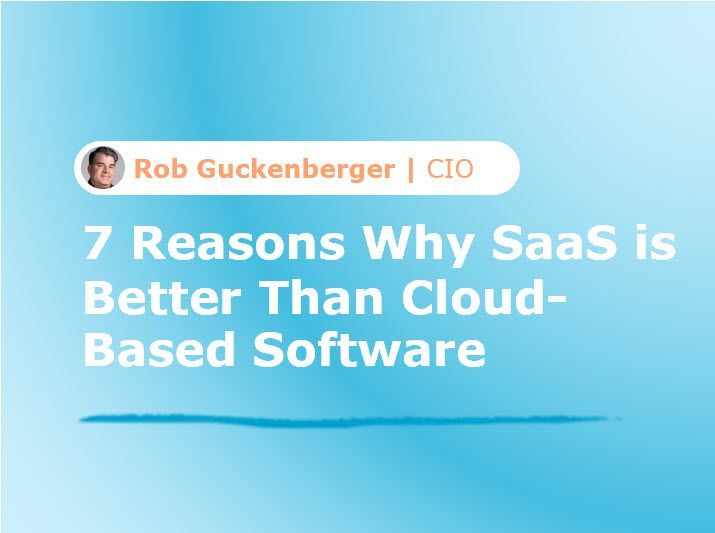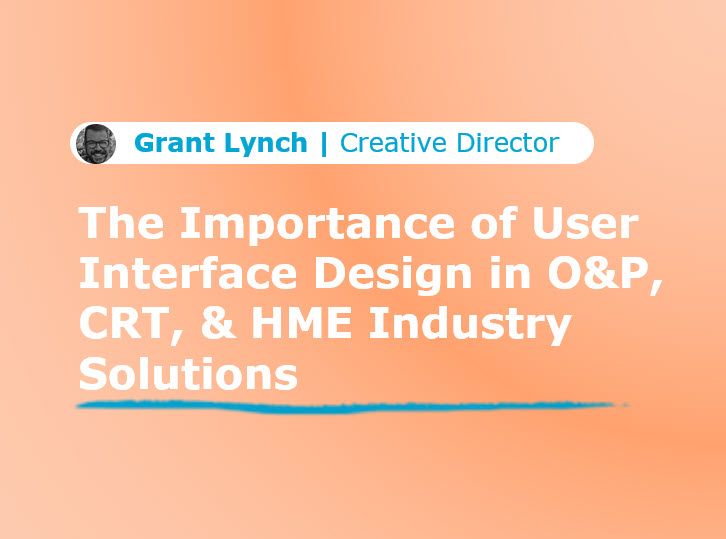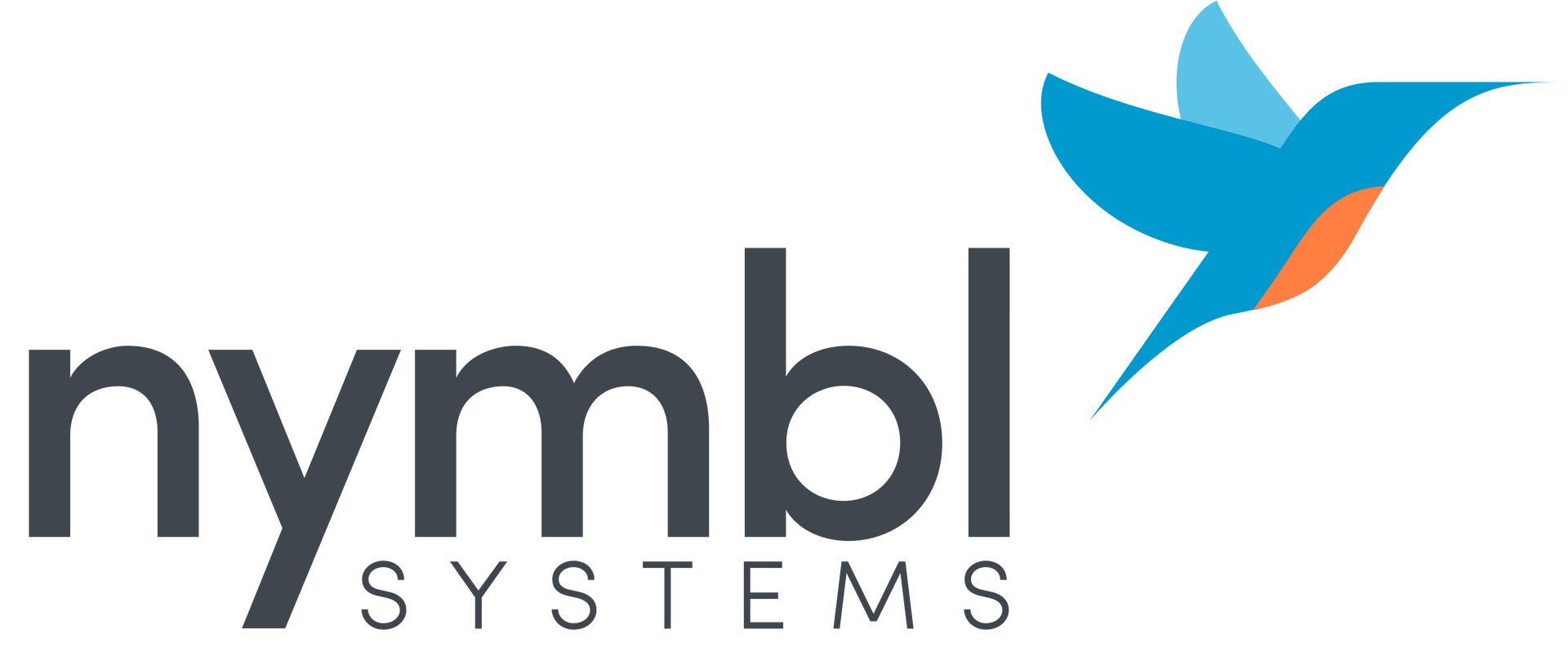Team Features
Team Features

By Rob Guckenberger
•
July 23, 2024
Is there really a difference between cloud-based and SaaS-based software? At Nymbl, we believe there is, and that’s why we deliver the industry’s only true SaaS-based practice management solutions. In today’s rapidly evolving technological landscape, practices are increasingly turning to digital solutions to streamline operations and improve efficiency. Two of the most prominent models that have emerged in this digital transformation are cloud-based software and Software as a Service (SaaS). Although often used interchangeably, these two terms represent different approaches to software delivery and infrastructure management. Understanding the nuances between cloud-based software and SaaS is essential for practices looking to optimize their IT strategy, reduce costs, and enhance operational agility. Let’s look at the key differences between these two models and explain why SaaS might be the better option for many organizations. What is Cloud-Based Software? Cloud-based software refers to applications, services, or resources made available to users on demand via the internet from a cloud computing provider's servers. Unlike traditional on-premise software, which requires physical servers and infrastructure, cloud-based solutions leverage the power of the internet to provide scalable and flexible resources. Key characteristics of cloud-based software include: Scalability: Easily scale resources up or down based on demand Accessibility: Access applications and data from anywhere with an internet connection Cost Efficiency: Reduce costs related to hardware, maintenance, and energy consumption Disaster Recovery: Enhanced disaster recovery capabilities due to data being stored in the cloud. What is SaaS-Based Software? SaaS, or Software as a Service, is a subset of cloud computing where applications are delivered over the internet as a service. Instead of purchasing and installing software on individual computers or servers, businesses subscribe to the software on a pay-as-you-go basis. Key characteristics of SaaS-based software include: Subscription-Based: Users pay a recurring fee to use the software Managed Hosting: The SaaS provider hosts and maintains the infrastructure and software Automatic Updates: Software updates and patches are managed by the provider, ensuring users always have the latest version Accessibility: Accessible from any device with an internet connection. 7 Reasons Why SaaS is Better Than Cloud-Based Software While both cloud-based and SaaS-based software offer significant advantages over traditional on-premise solutions, there are several reasons why SaaS is often considered the superior option for businesses: Lower Initial Costs: SaaS solutions typically have lower upfront costs compared to traditional cloud-based software. Instead of investing in hardware and infrastructure, practices can start using SaaS applications with minimal financial outlay. Simplified Management: SaaS providers handle all aspects of software management, including updates, patches, and security. This alleviates the burden on internal IT teams and allows practices to focus on what they do best – patient care and services. In contrast, cloud-based software may still require significant management and maintenance. Rapid Deployment: SaaS applications can be deployed quickly and easily. Since the software is already hosted in the cloud, practices can start using it almost immediately after subscribing. This is a stark contrast to cloud-based software, which may require extensive setup and configuration. Scalability: SaaS solutions offer seamless scalability. Practices can easily adjust their subscription plans to accommodate growth or seasonal fluctuations. This flexibility ensures that businesses only pay for what they need, when they need it. Access to the Latest Features: With SaaS, users always have access to the latest features and improvements. Providers regularly update their software to introduce new functionalities and enhance performance. This ensures that practices remain competitive and benefit from the latest technological advancements. Enhanced Security: SaaS providers invest heavily in security measures to protect their users’ data. This includes encryption, secure access controls, and regular security audits. While cloud-based software also offers security benefits, managing these measures can be more complex and resource-intensive. Improved Collaboration: SaaS applications are designed to facilitate collaboration. Features such as shared workspaces and integration with other solutions make it easier for teams to work together, regardless of their physical location. This level of collaboration is harder to achieve with traditional cloud-based software. Nymbl Systems: A True SaaS-based Solution for Modern O&P Practices For modern O&P practices, having a reliable, efficient, and flexible practice management software is crucial. This is where Nymbl Systems shines as a true SaaS-based solution. Nymbl Systems offers a comprehensive practice management platform that is specifically designed to meet the unique needs of O&P practices. Here’s why Nymbl Systems stands out: Tailored for O&P: Unlike generic practice management systems, Nymbl Systems is built with the specific requirements of O&P practices in mind. This ensures that every feature and function is relevant and beneficial to practitioners. User-Friendly Interface: Nymbl Systems boasts an intuitive and user-friendly interface, making it easy for practitioners and staff to navigate and use the software efficiently. This reduces training time and enhances productivity. Comprehensive Features: From patient scheduling and electronic health records (EHR) to billing and reporting, Nymbl Systems offers a full suite of features that streamline operations and improve practice management. Seamless Integration: Nymbl Systems integrates seamlessly with other tools and systems commonly used in O&P practices. This ensures a smooth workflow and eliminates the need for manual data entry. Scalable Solution: As a SaaS-based platform, Nymbl Systems can easily scale to meet the growing needs of your practice. Whether you’re a small clinic or a large multi-location practice, Nymbl Systems can accommodate your requirements. Enhanced Security: With robust security measures in place, Nymbl Systems ensures that sensitive patient data is protected at all times. This gives practitioners peace of mind knowing that their data is secure. Ongoing Support and Updates: Nymbl Systems provides ongoing support and regular updates to ensure that users always have access to the latest features and improvements. This commitment to continuous improvement helps practices stay ahead of the curve. Which one is right for your organization? While both cloud-based and SaaS-based software offer significant benefits, SaaS stands out as the superior choice for practices looking for lower costs, simplified management, rapid deployment, scalability, access to the latest features, enhanced security, and improved collaboration. For modern O&P practices, Nymbl Systems represents the best in SaaS-based practice management software, offering a tailored, user-friendly, and comprehensive solution that supports growth and efficiency. To see Nymbl for yourself, visit our website and schedule a call with one of our Nymbl experts. .

By Grant Lynch
•
July 18, 2024
We are delighted to welcome Grant Lynch to the Nymbl team, where he will head up design and art production. Working in coordination with product, engineering and marketing, Grant will lead visual design, brand artwork creation and content assets, user experience design, and user interface design initiatives. He comes to Nymbl with 22 years of professional experience leading brand and commercial artwork projects at a variety of organizations in healthcare, fashion, academia, and fintech. His digital interface and mobile product design work have achieved 300k 4+ star reviews in the iOS App Store, currently serve 2.3 million active users, and generate more than $100m in annual revenue. Additionally, his award-winning commercial artwork has driven visual communication and identity for billion-dollar brands. Grant’s work has appeared on popular consumer products, food and beverage packaging, print advertising, and customer-facing marketing materials to audiences of more than one million. We sat down with Grant to discuss the importance of user interface design in software solutions. Here’s what he had to say. Describe your vision for how interface design can make Nymbl’s software the industry’s easiest to learn, easiest to use solution on the market. User Interface Design is a unique and cutting-edge business discipline that centers around human/user-focused research to influence and drive product feature development. It’s a combination of front-end visual aesthetic and back-end user journey mapping; this particular type of design is heavily grounded in navigation schema (i.e. how the user is able to successfully drive around a web interface to find what they are looking for with as few steps as possible) and in creating feature-rich interfaces that have been customized ahead of time with heavy user input and research-generated feedback earlier in the development process. In healthcare, and specifically within the O&P, CRT, and HME industry, user interface design plays a hugely important role in enabling companies to be successful. Well-designed software solutions are more likely to be adopted by staff members, which leads to increased productivity, better margins, and more time available to spend with patients. By focusing on the needs, preferences, and pain points of users, properly executed design and analysis ensures that user interactions with Nymbl are intuitive, efficient, and effective. We want our users to be able to complete their tasks in the simplest, most pleasant, and fastest way possible. Interface design and user experience design are the avenues on which we will be able to achieve that vision. And above all else, the interaction will result in real action taking place, and someone’s life changing for the better as a result. What are some of the best practices in user interface design that you plan to put in place at Nymbl Systems? Proper interface design has been properly researched. The voice of the user drives product development within the user interface and user experience design framework, as it greatly increases the likelihood of general adoption and product success upon launch. Typically, the same users (albeit a subset of them for generative research purposes) will be the actual users of the software, so it is imperative to incorporate their feedback into the design process. When the product or feature set is launched, we have a solid idea of what to expect from our user base, ensuring — as much as possible — the success of the product. To receive antithetical feedback upon launch from documented generative and evaluative research would be extremely unlikely, but particularly significant in its own way, demonstrating the multi-faceted value-add of the user interface and user experience design process. User interface design is grounded in creating an intuitive and seamless interaction between users and technology: software that is easy to train on, easy to use, and simple to navigate through. A well-designed user interface can reduce staff workload, dramatically improve productivity across the organization, facilitate faster platform integration, and ultimately contribute to the positive success of the business. Efficient user interface design also streamlines workflows by providing users with tools and features that align with their tasks and processes. Automation of repetitive tasks, integration of commonly used functions, and real-time feedback are all elements of great user interface design that can significantly enhance productivity across all channels. The primary goals of user interface and user experience design are to make software easy to use. Intuitive navigation ensures that users can find what they need quickly and efficiently without having to wade through complex menus or convoluted pathways. This ease of use reduces the time spent on learning how to use the software and increases the time available for actual productive work. In addition, this type of design prioritizes simplicity and clarity to reduce cognitive load, allowing users to focus on their tasks rather than struggling with the software and losing time or becoming frustrated. Having gained a mastery of industry objectives over the past eight years, Nymbl is now in a unique position to capitalize on industry best practices to provide an even more extraordinary client experience than before. Challenges in performing impactful interface design in a specific and unique industry as O&P, CRT, and HME are many; it will be by applying standard design processes and implementing foundational best practices that we can overcome these challenges to great success and use those protocols and systems as a pioneer to others in the industry. From what you’ve seen so far, what is your perspective on the software solutions that are available today to O&P, CRT, and HME provider organizations? Many of the O&P, CRT, and HME software systems that have been in place for decades come with digital interface and user experience problems that must be overcome, worked around, or avoided all together. This creates tremendous churn in the industry, as new employees are hit with immediate obstacles that are the fault of no one except for that of outdated, antiquated and non-user friendly software systems. This creates quick burnout, or months of training to acclimate to poorly designed software interfaces. All of these issues slow down patient care, leading to unnecessary and costly delays, where practices see slowing growth as a result. Nymbl has chosen to make a sizable investment in the User Design and User Experience Design process to add richness, depth, and dimension to our product development process. In doing so, our customers will benefit from having the easiest to use and easiest to train software on the market. We have and will continue to finetune our processes for incorporating customer feedback about features and functions and receive end-result products that reflect their wishes and create a delightful experience for their teams. To see the Nybml user interface for yourself, schedule a demonstration today.

By Elisabeth Ross
•
November 3, 2023
With any major change in your business, including choosing a business management software, you need to be confident that you can trust the people involved. At Nymbl Systems, we’re proud to have a stellar team in sales that will keep your best interests in mind throughout your evaluation process.





